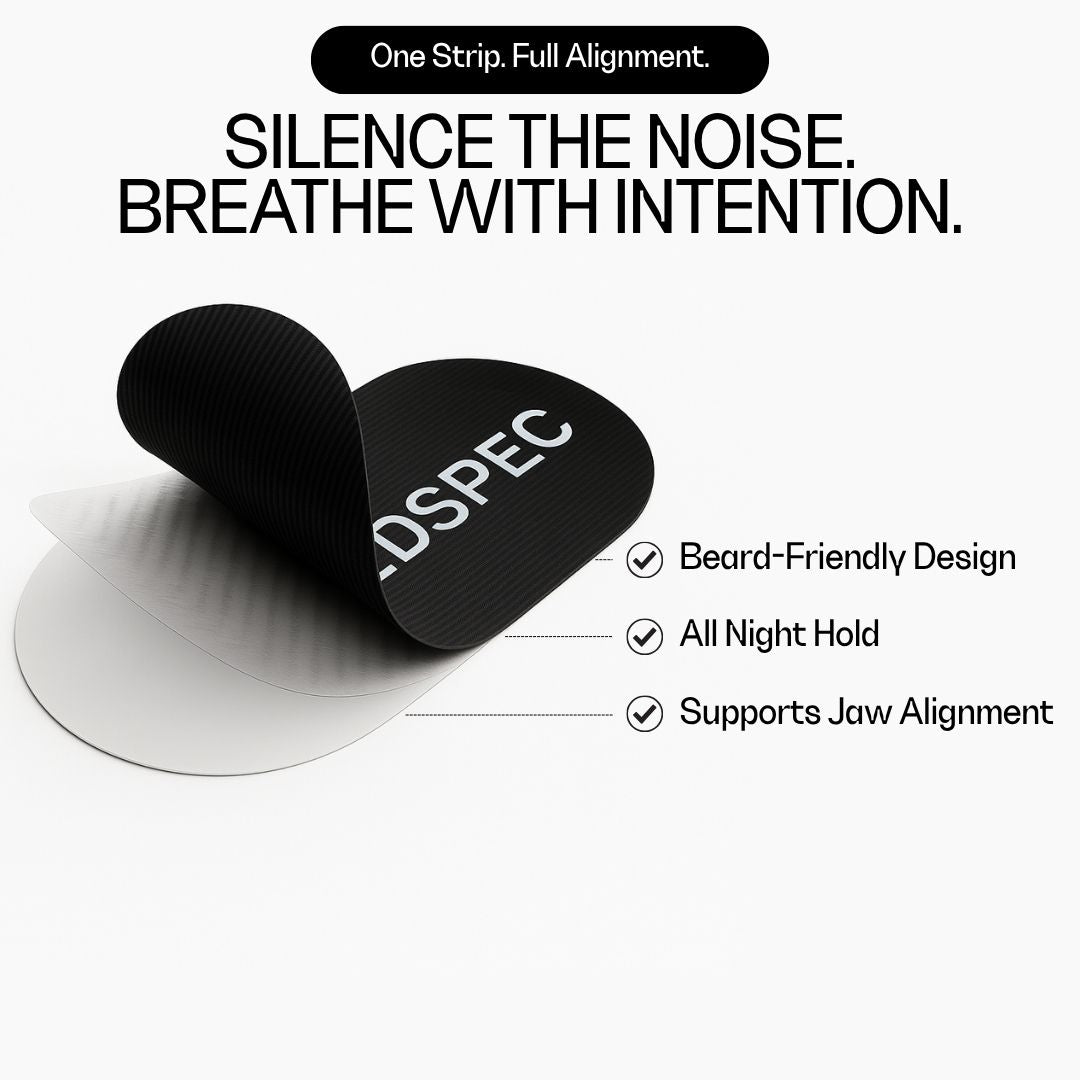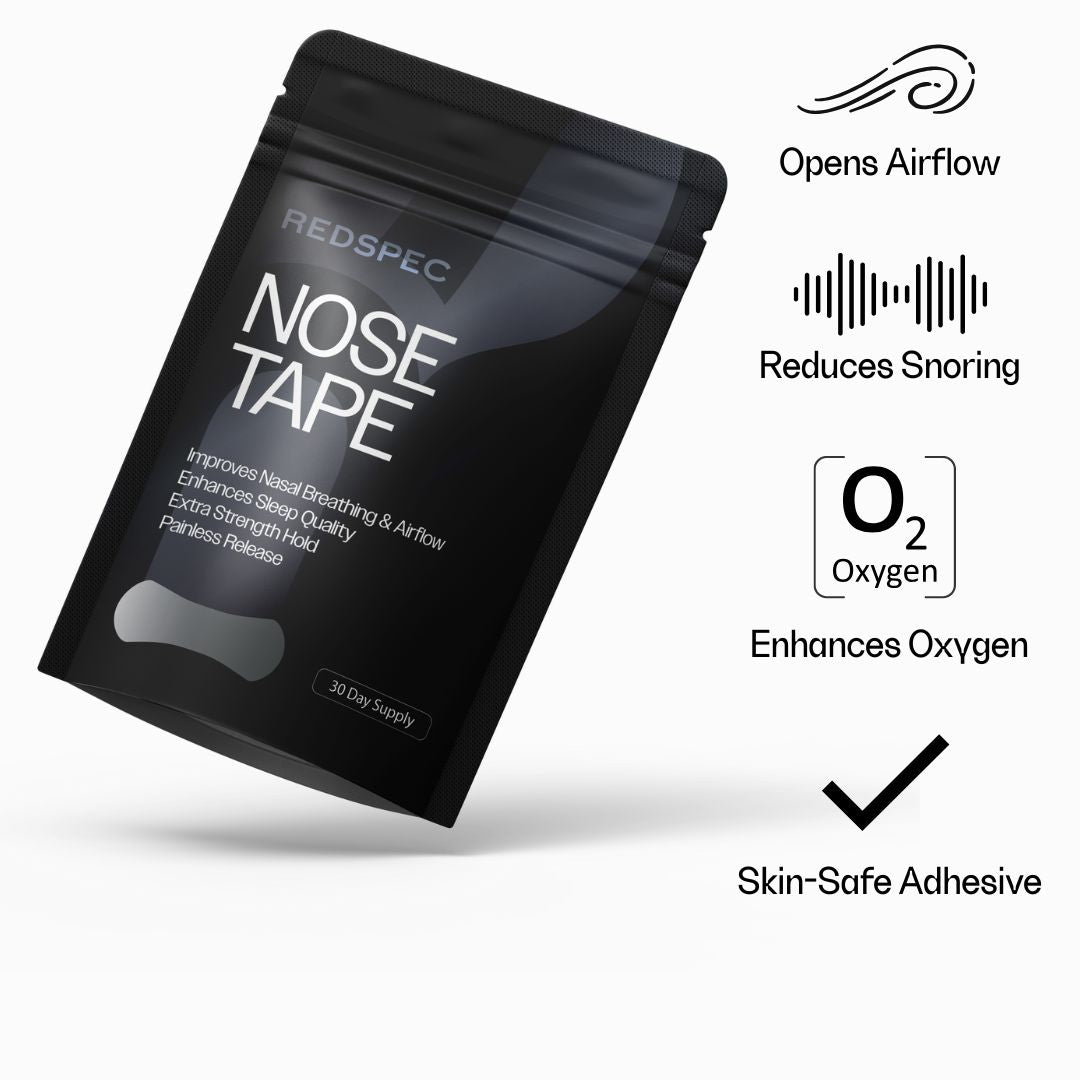Focus isn’t infinite. It’s visual.
Before your brain feels fried, your eyes have already hit a wall. Eye fatigue isn’t just a screen-time side effect—it’s a neurological signal. And if you ignore it, it stacks. Mental clarity drops, reaction time slows, and burnout begins to set in.
Let’s break down how strained vision leads directly to cognitive fatigue—and how to intercept it.
Why Eye Fatigue Hits First
Your eyes aren’t just passive receivers. They’re an active interface between your external environment and internal system. When they’re overworked—by harsh light, excessive glare, or constant micro-movements from scrolling—your brain has to compensate.
That compensation comes at a cost:
-
More energy spent maintaining focus
-
Reduced working memory bandwidth
-
Increased stress on the visual cortex
It’s a drain that feels like mental fog—but it starts at the retina.
The Burnout Chain
Unfiltered artificial light → visual strain → neurological overload → cognitive fatigue → emotional burnout.
It’s not just that your brain’s tired. It’s being overstimulated by unmanaged visual input. When the eyes are under pressure, everything downstream suffers: mood, motivation, sleep quality, and decision-making.
How to Break the Loop
The solution isn’t just rest. It’s reduction—specifically, reducing the photic load your brain has to process.
-
Filter the high-energy wavelengths that cause visual stress (blue/violet spectrum)
-
Use yellow lenses during the day to ease strain and maintain cognitive clarity
-
Switch to red lenses at night to disengage the alertness signal and reset your nervous system
-
Control ambient lighting to match your task, not just your time
Vision is bandwidth.
Protect it, and your mental capacity expands. Ignore it, and everything slows down.
RedSpec exists to reduce the invisible load on your system—so your eyes stay sharp, and your brain stays clear.









Leave a comment
This site is protected by hCaptcha and the hCaptcha Privacy Policy and Terms of Service apply.